Shoulder day is often one of the most intense, yet rewarding, days in any fitness routine. It’s dedicated to sculpting the deltoid muscles and can be the key to enhancing upper body strength and aesthetic appeal. In this guide, we’ll break down everything you need to know about shoulder day, from understanding the anatomy to planning the perfect workout.
Understanding the Deltoid Muscles
The shoulder is a complex joint with a broad range of motion, allowing for a variety of exercises to target the deltoid muscles. The deltoid is made up of three distinct “heads”:
-
Anterior Deltoid (Front)
- Responsible for shoulder flexion and forward arm movements.
-
Lateral Deltoid (Middle)
- Responsible for shoulder abduction, or raising the arms to the sides.
-
Posterior Deltoid (Rear)
- Primarily responsible for shoulder extension and external rotation.
By targeting all three heads, you can achieve balanced, well-rounded shoulder development. A comprehensive shoulder workout will ensure that you hit each of these areas, avoiding muscle imbalances and preventing injury.
Key Shoulder Exercises
When planning your shoulder day workout, focus on compound movements that hit all three deltoid heads. Here are some of the most effective shoulder exercises:
1. Overhead Press (Barbell or Dumbbell)
This is a foundational compound movement that targets the anterior and lateral deltoids. By pressing weights overhead, you’ll build overall shoulder strength, while engaging the triceps and upper chest.
Tips:
- Keep your core tight to protect your lower back.
- Lower the weight slowly for maximum muscle activation.
2. Lateral Raises
Lateral raises isolate the lateral deltoids, helping to create width and definition in the shoulders. Use dumbbells, cables, or machines for this movement.
Tips:
- Don’t use heavy weights—focus on perfect form.
- Raise the dumbbells to shoulder height for full activation.
3. Front Raises
Front raises target the anterior deltoids and are excellent for building the front portion of your shoulders.
Tips:
- You can perform front raises with dumbbells, a barbell, or cables.
- Keep your arms straight, but don’t lock your elbows.
4. Rear Delt Fly
To develop the posterior deltoids and improve posture, rear delt flys are essential. This movement also strengthens the upper back, which helps in overall shoulder stability.
Tips:
- Perform the exercise with proper form to avoid strain on the lower back.
- Use lighter weights to control the movement.
5. Arnold Press
Named after Arnold Schwarzenegger, the Arnold press targets all three deltoid heads by rotating the palms as you press overhead.
Tips:
- Start with your elbows bent in front of your body and palms facing you.
- Rotate your palms outward as you press the dumbbells overhead.
6. Upright Row
The upright row works the lateral delts, traps, and upper back. It’s a great accessory movement for developing the upper portion of your shoulders.
Tips:
- Use a barbell or dumbbells.
- Avoid pulling the weight too high to minimize strain on your rotator cuffs.
Structuring Your Shoulder Day Routine
To optimize your shoulder day and avoid overtraining, focus on the following key principles:
-
Warm-up Properly Begin with a general warm-up to increase blood flow, followed by dynamic stretching targeting the shoulders. Mobilize the shoulder joints to prevent injuries and prepare the muscles for the heavy lifting ahead.
-
Progressive Overload Ensure that you progressively increase the weight or reps over time. Whether it’s adding 5-10 lbs to your overhead press or increasing the number of sets for lateral raises, always aim to challenge your muscles.
-
Rep Ranges For compound exercises like the overhead press, aim for 3-4 sets of 6-10 reps. For isolation exercises, such as lateral raises and rear delt flys, 3-4 sets of 10-15 reps can help enhance muscle definition and endurance.
-
Rest and Recovery Shoulders are involved in many upper body movements, so overtraining can lead to injury. Make sure to allow 48-72 hours of rest between shoulder workouts, depending on your training frequency.
-
Include Stability and Mobility Work Don’t forget to include exercises that improve shoulder stability and mobility. Exercises like face pulls, band pull-aparts, and shoulder dislocations with a resistance band can help keep the shoulder joint healthy and prevent injury.
Shoulder Day Sample Workout
Here’s a sample workout to get you started:
- Warm-up: 5-10 minutes of light cardio, dynamic stretching
- Overhead Press: 4 sets x 6-8 reps
- Lateral Raises: 3 sets x 12-15 reps
- Front Raises: 3 sets x 10-12 reps
- Rear Delt Fly: 3 sets x 12-15 reps
- Arnold Press: 3 sets x 8-10 reps
- Upright Row: 3 sets x 8-10 reps
- Cooldown: Stretching and mobility work
Nutrition Tips for Shoulder Growth
To see results from your shoulder workouts, you need to fuel your body with proper nutrition. Ensure you’re consuming a balanced diet that supports muscle growth and recovery:
- Protein: Essential for muscle repair and growth. Aim for at least 1g of protein per pound of body weight daily.
- Healthy Fats: Omega-3s help reduce inflammation, supporting recovery.
- Carbohydrates: Vital for replenishing glycogen stores and providing energy for your workouts.
- Hydration: Staying hydrated is crucial for optimal muscle function and performance.
Conclusion
Shoulder day is a crucial component of any well-rounded workout routine. By incorporating a variety of exercises targeting all three deltoid heads, using proper form, and following a structured routine, you can develop strong, defined shoulders that complement your overall physique. Always prioritize recovery, stay consistent, and focus on progressive overload to continue seeing improvements.
By mastering shoulder day, you’ll not only improve your upper body strength but also enhance your posture, stability, and aesthetic appeal, all while reducing the risk of injury.

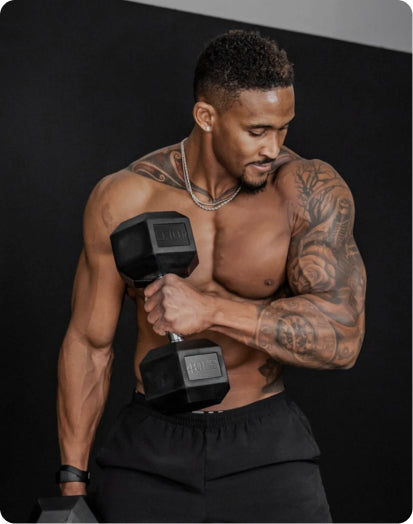
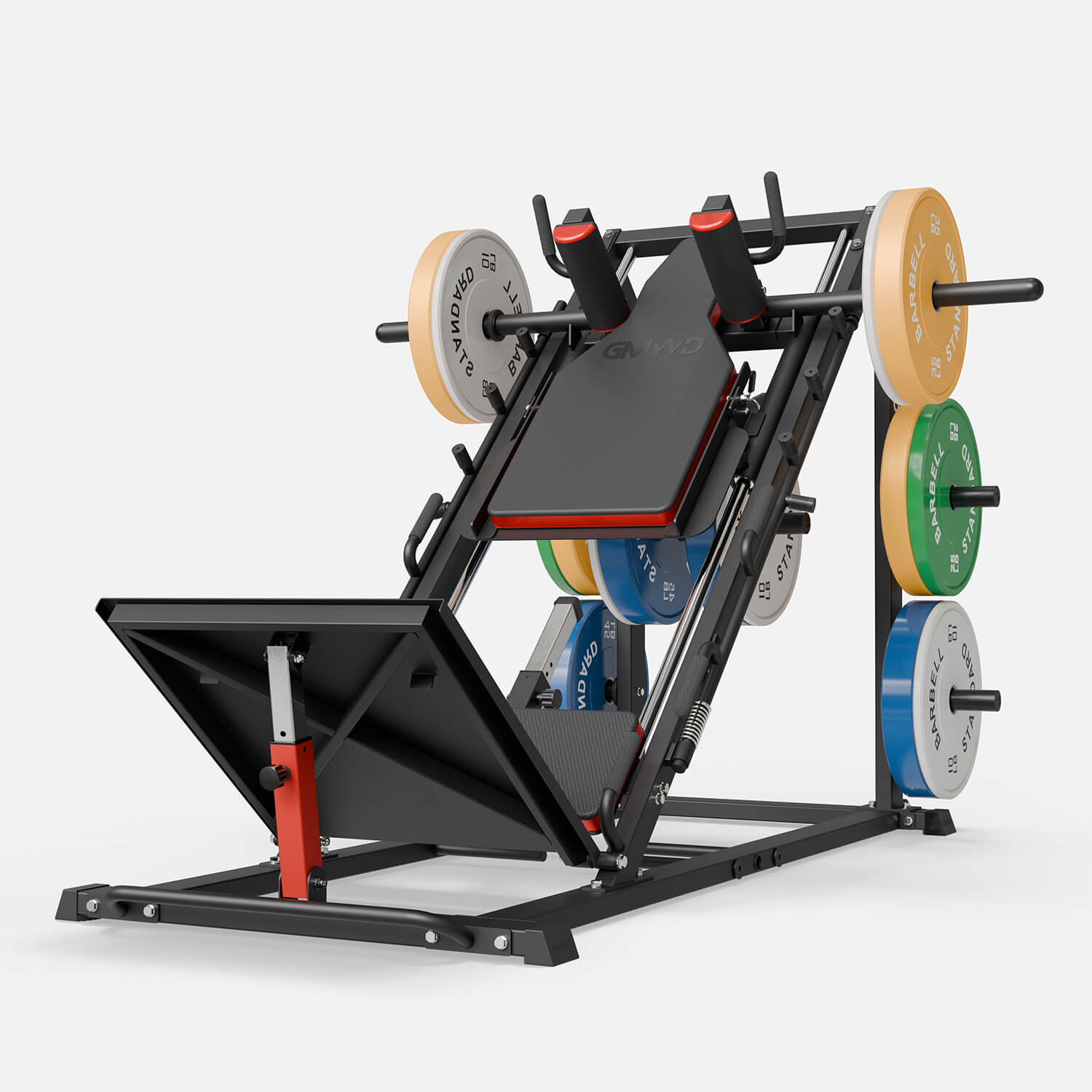
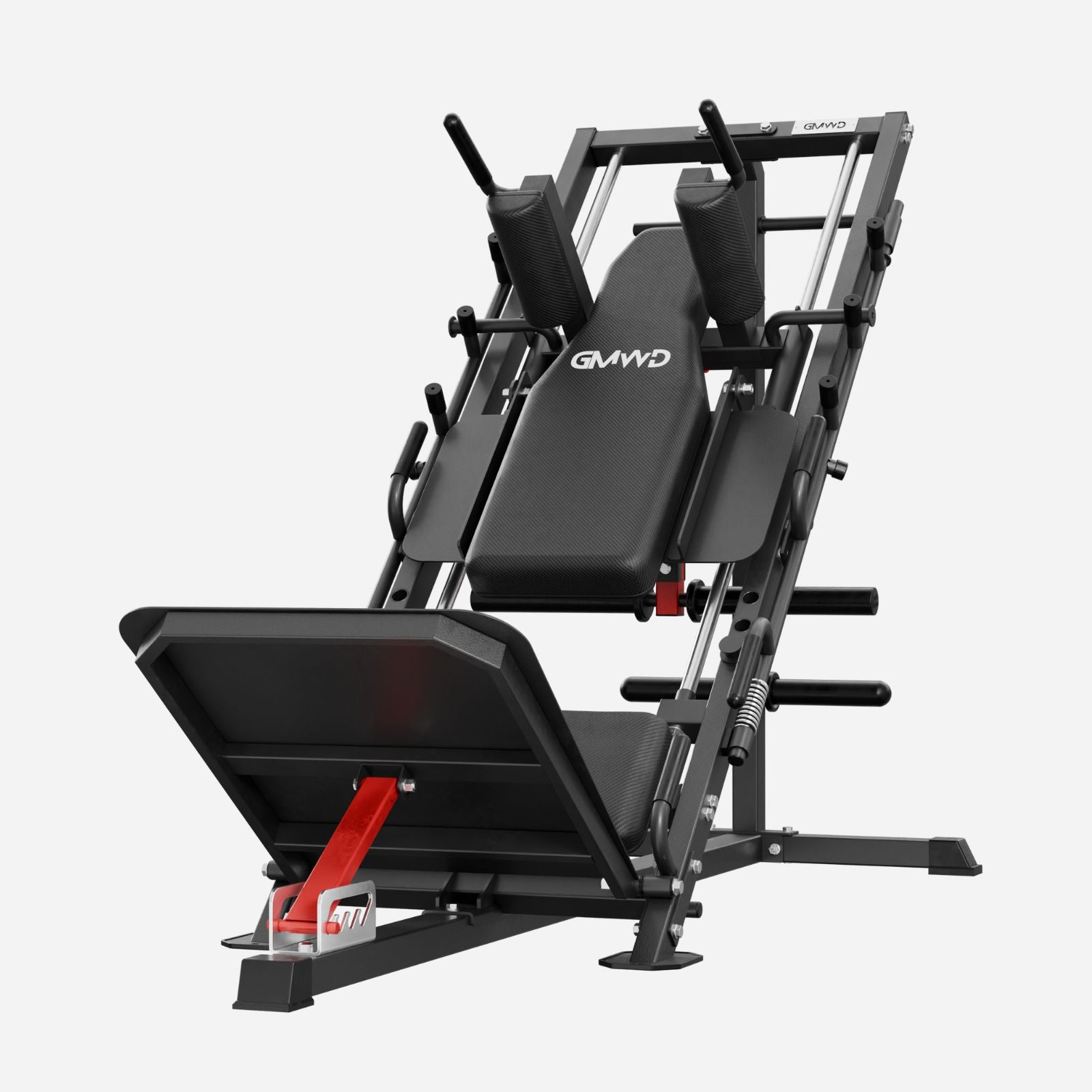

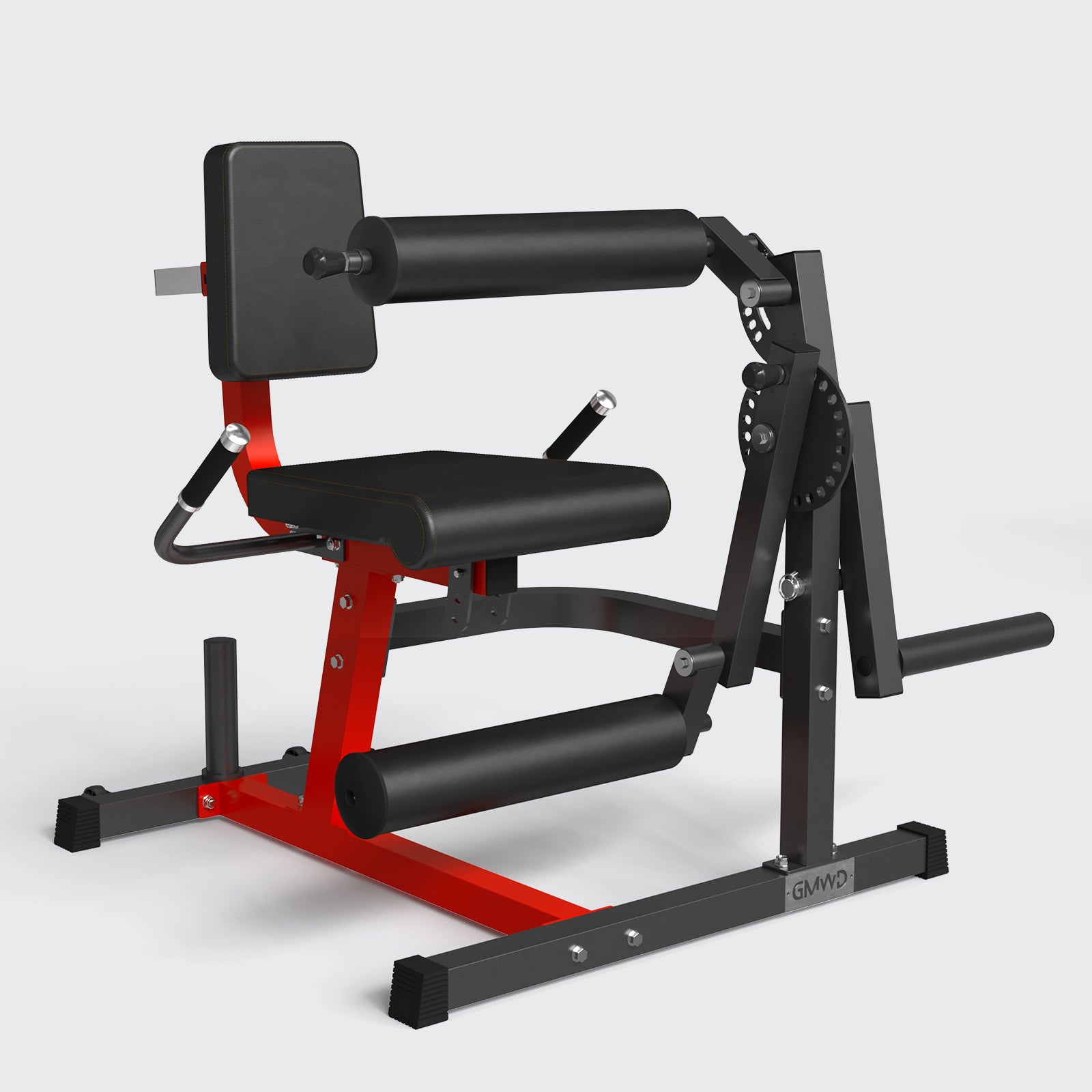
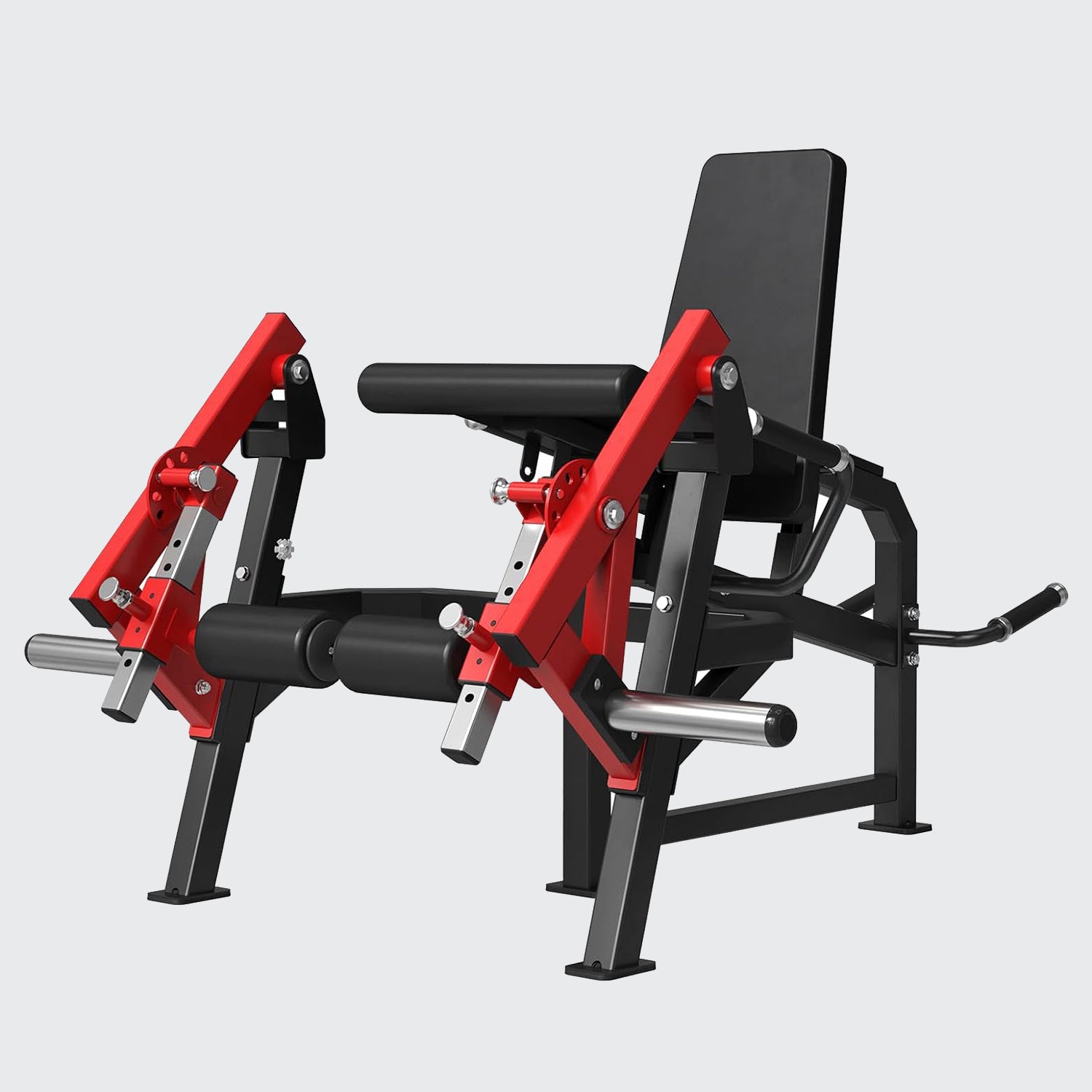
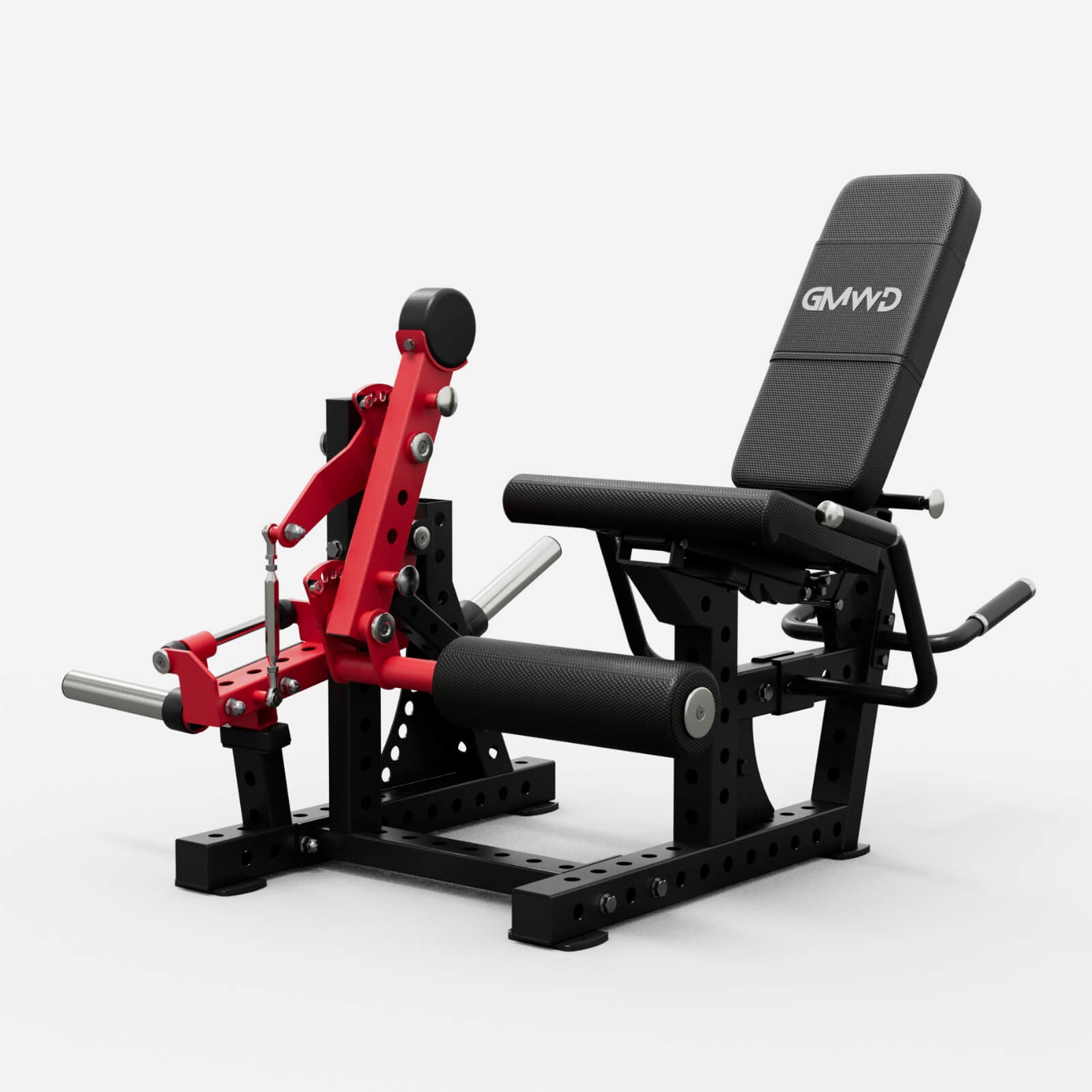
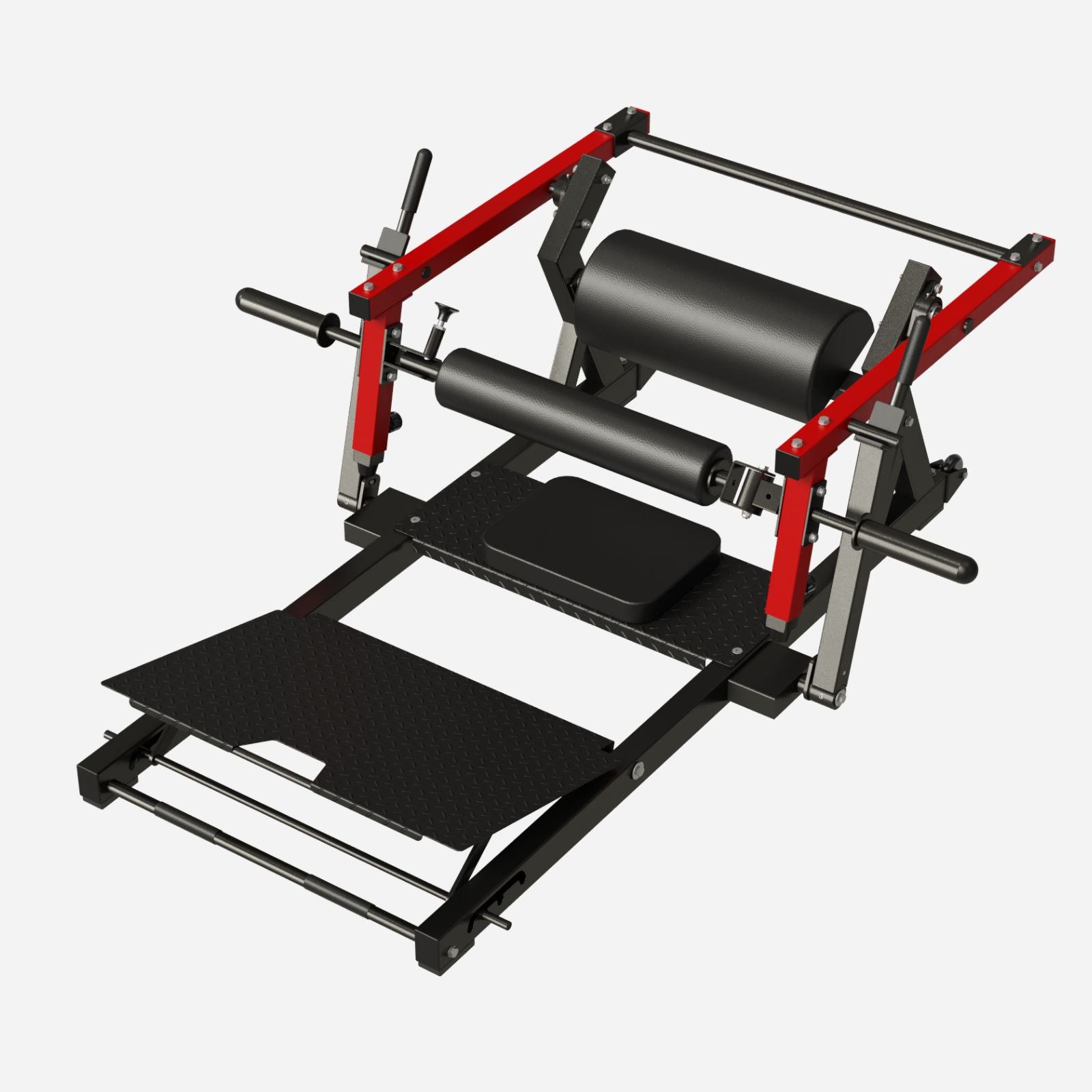
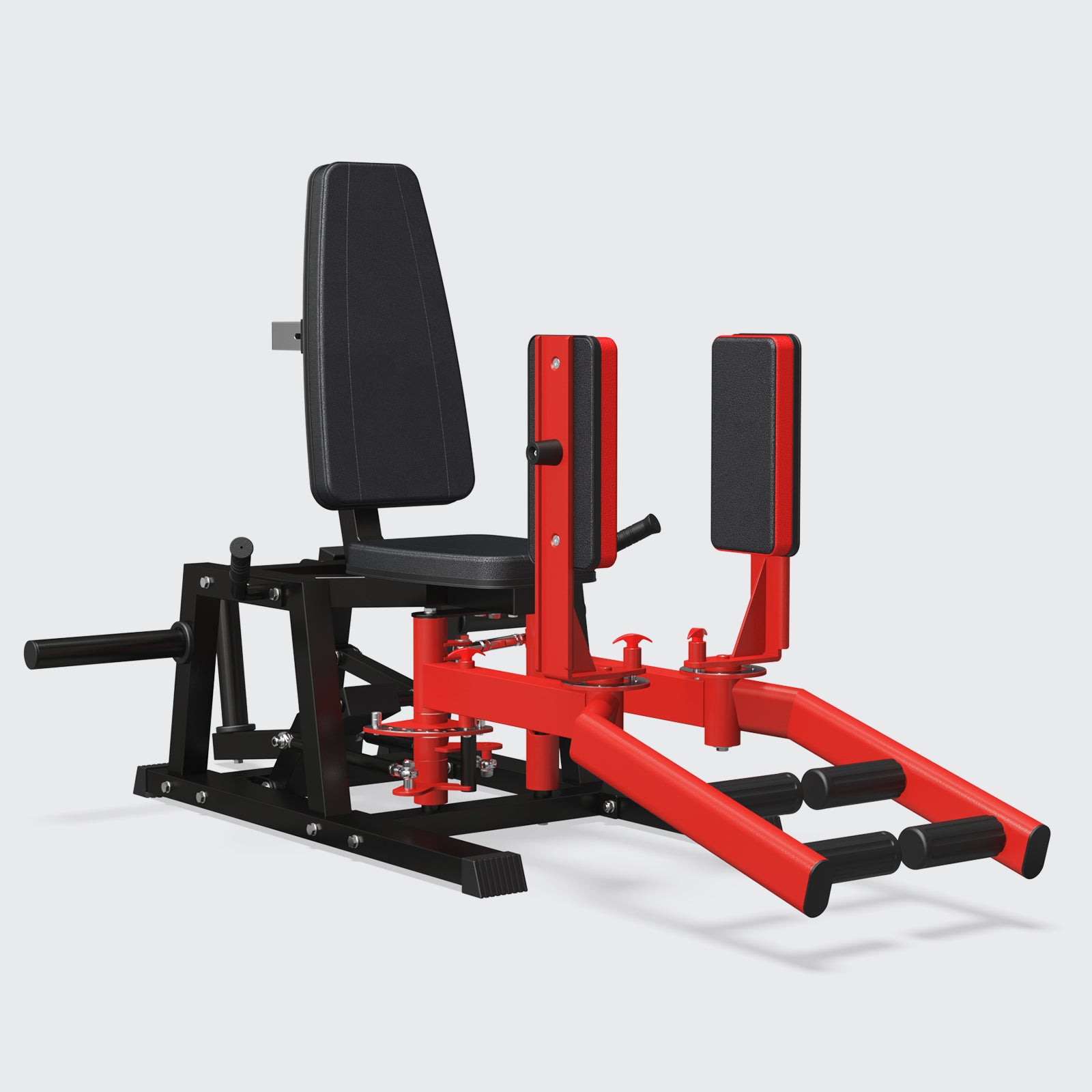
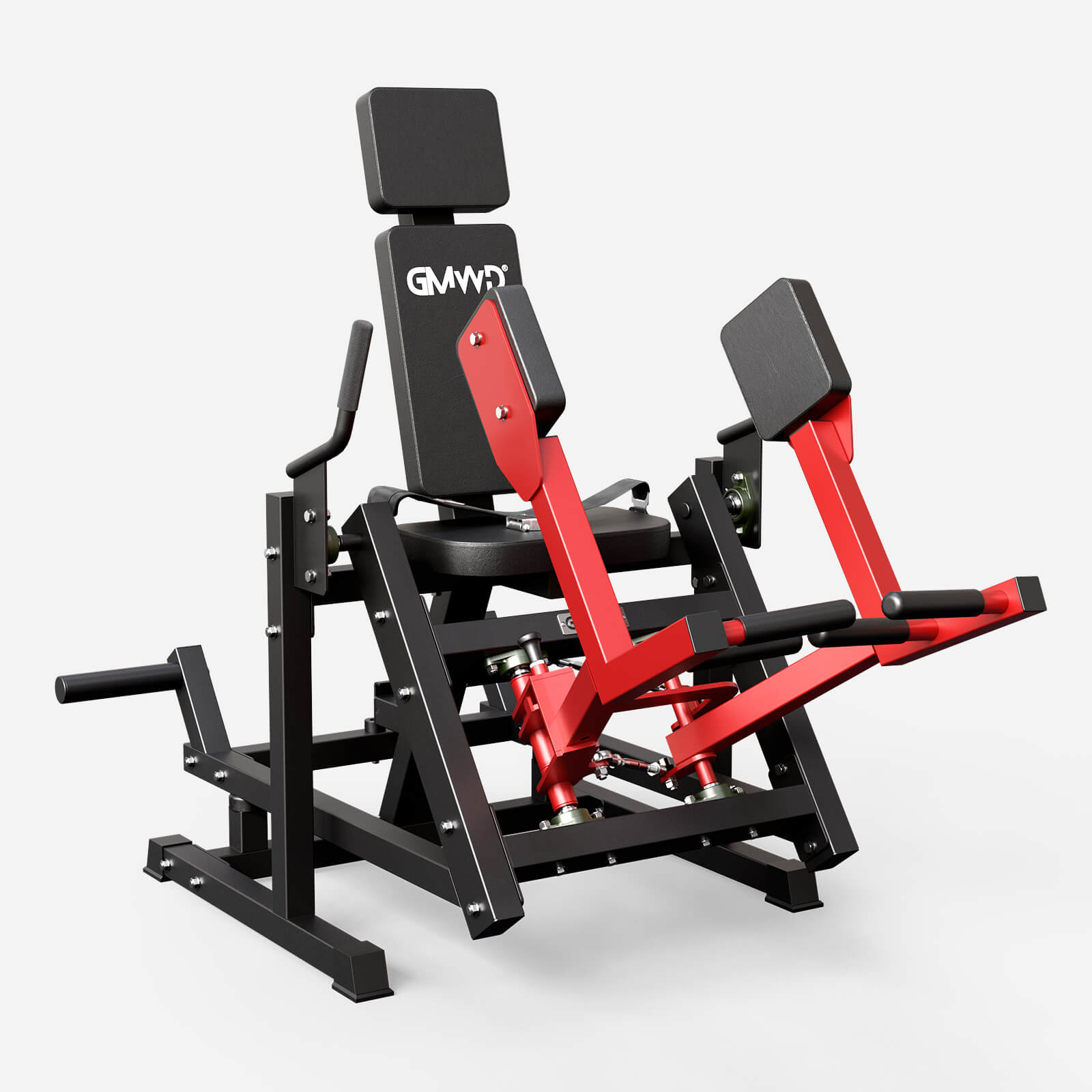
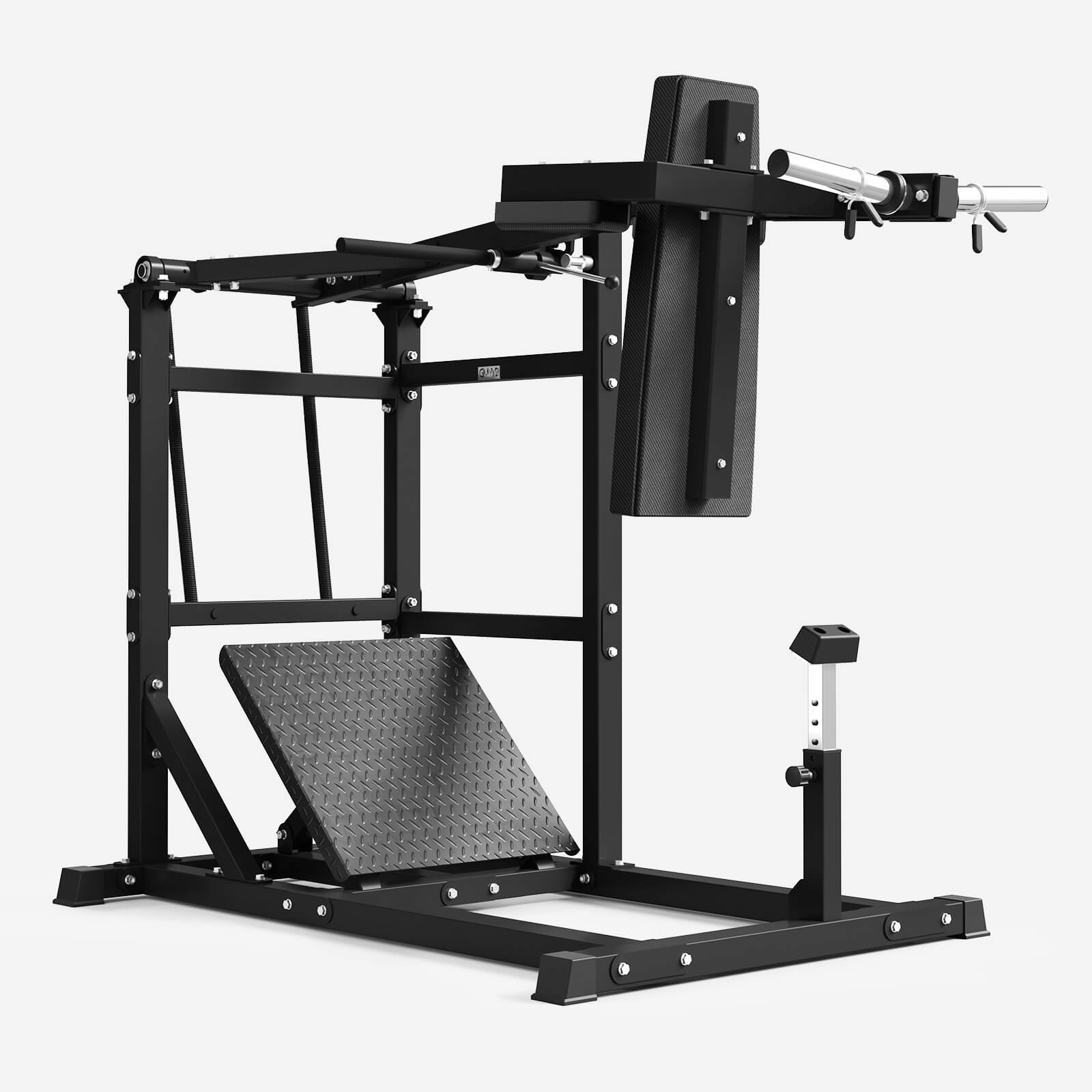
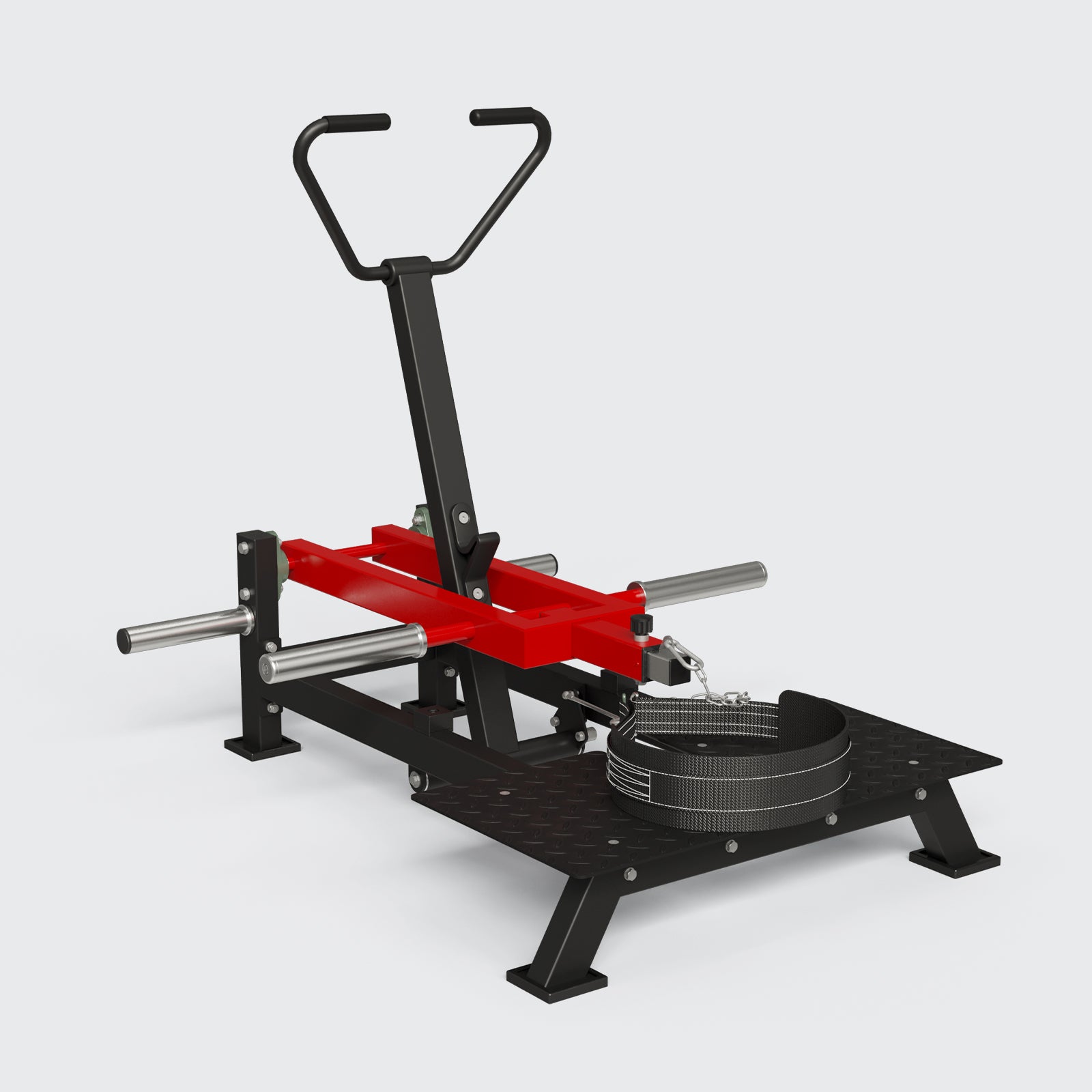
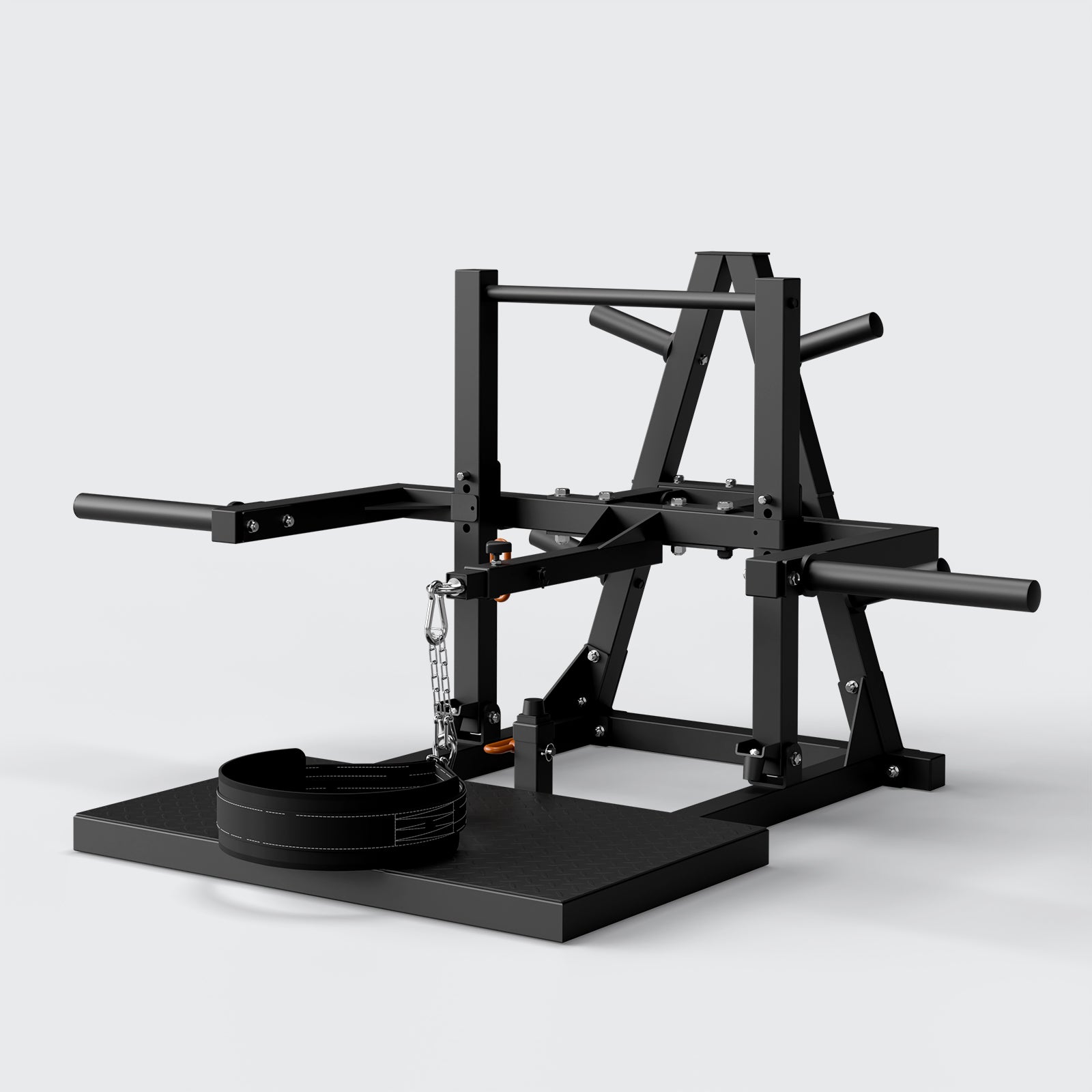
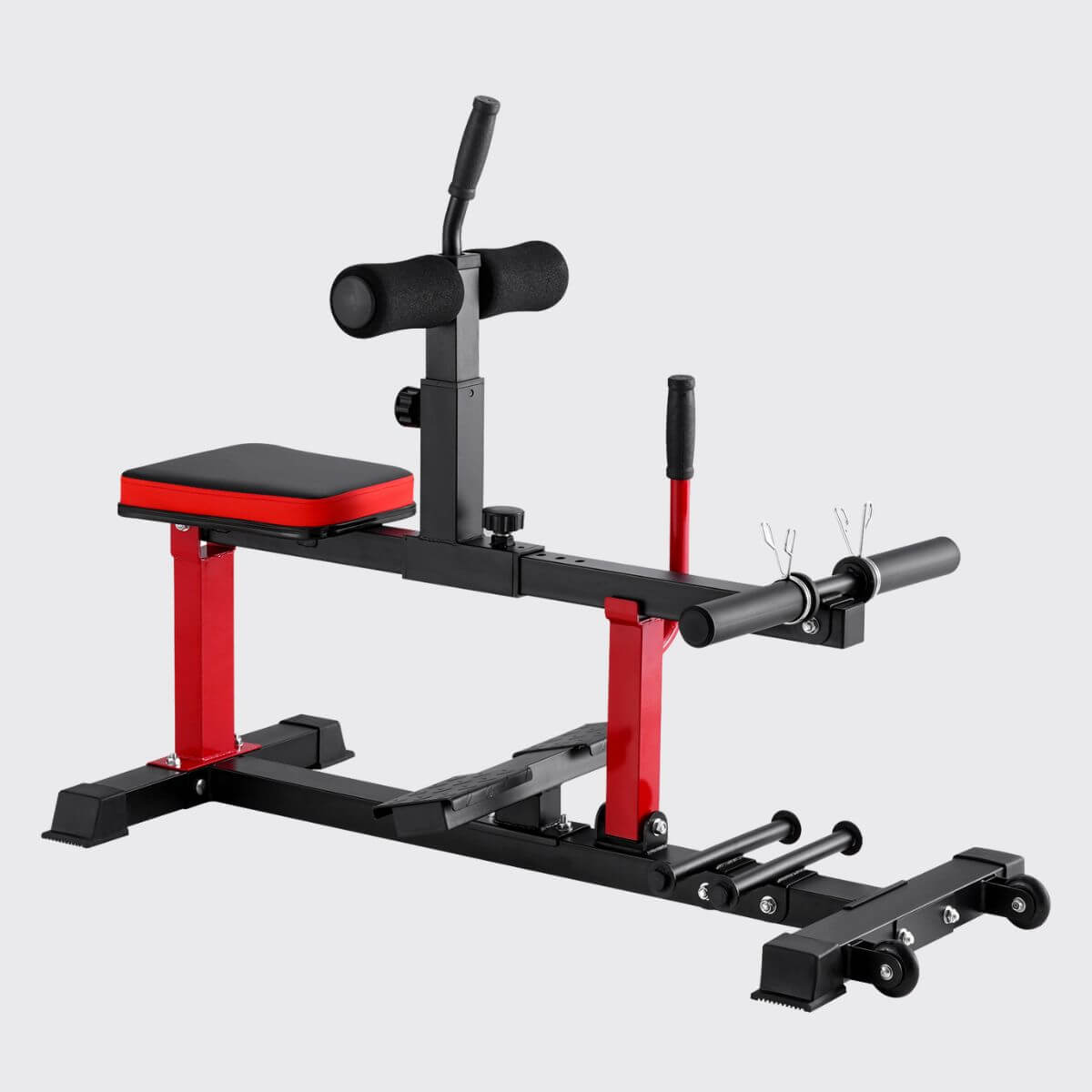
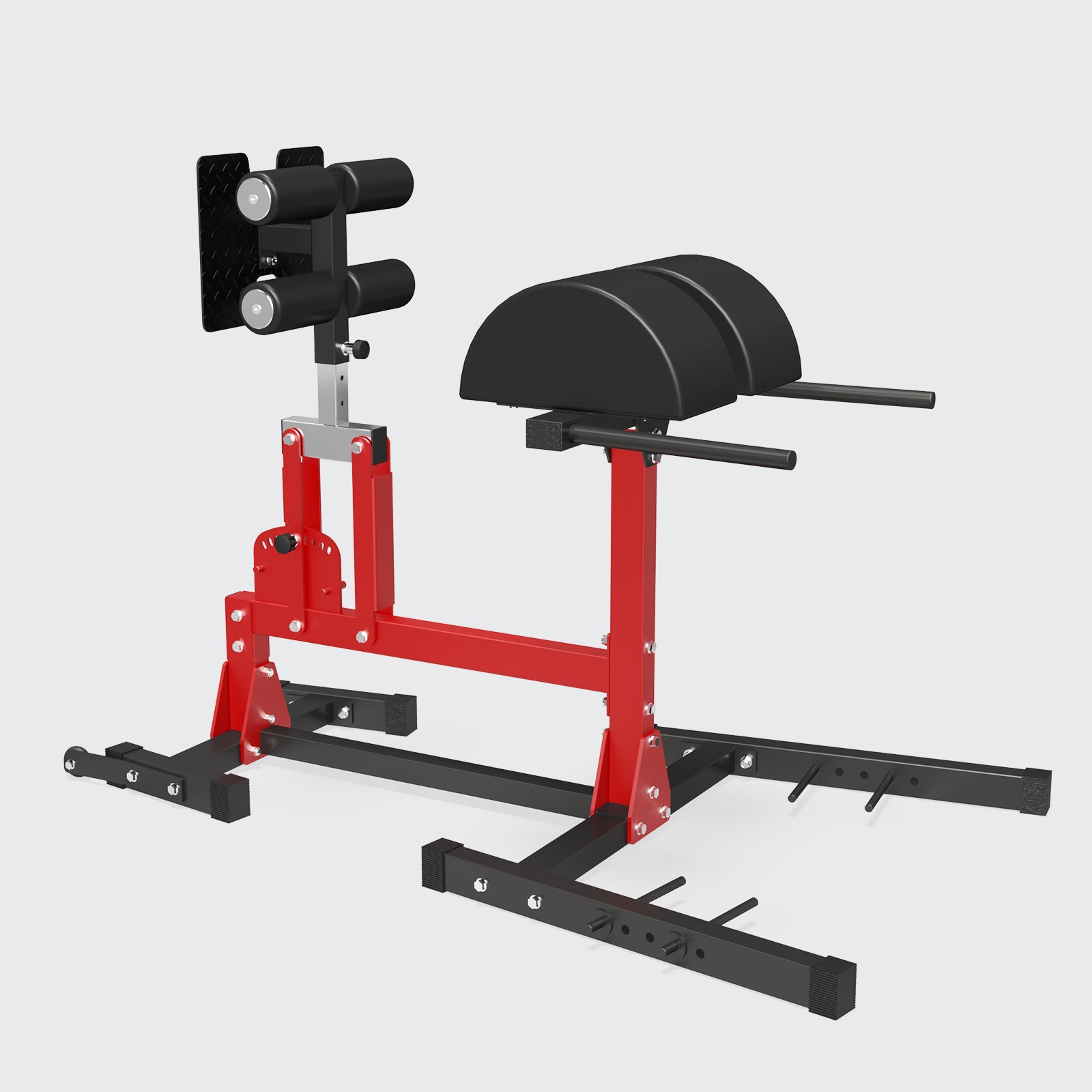
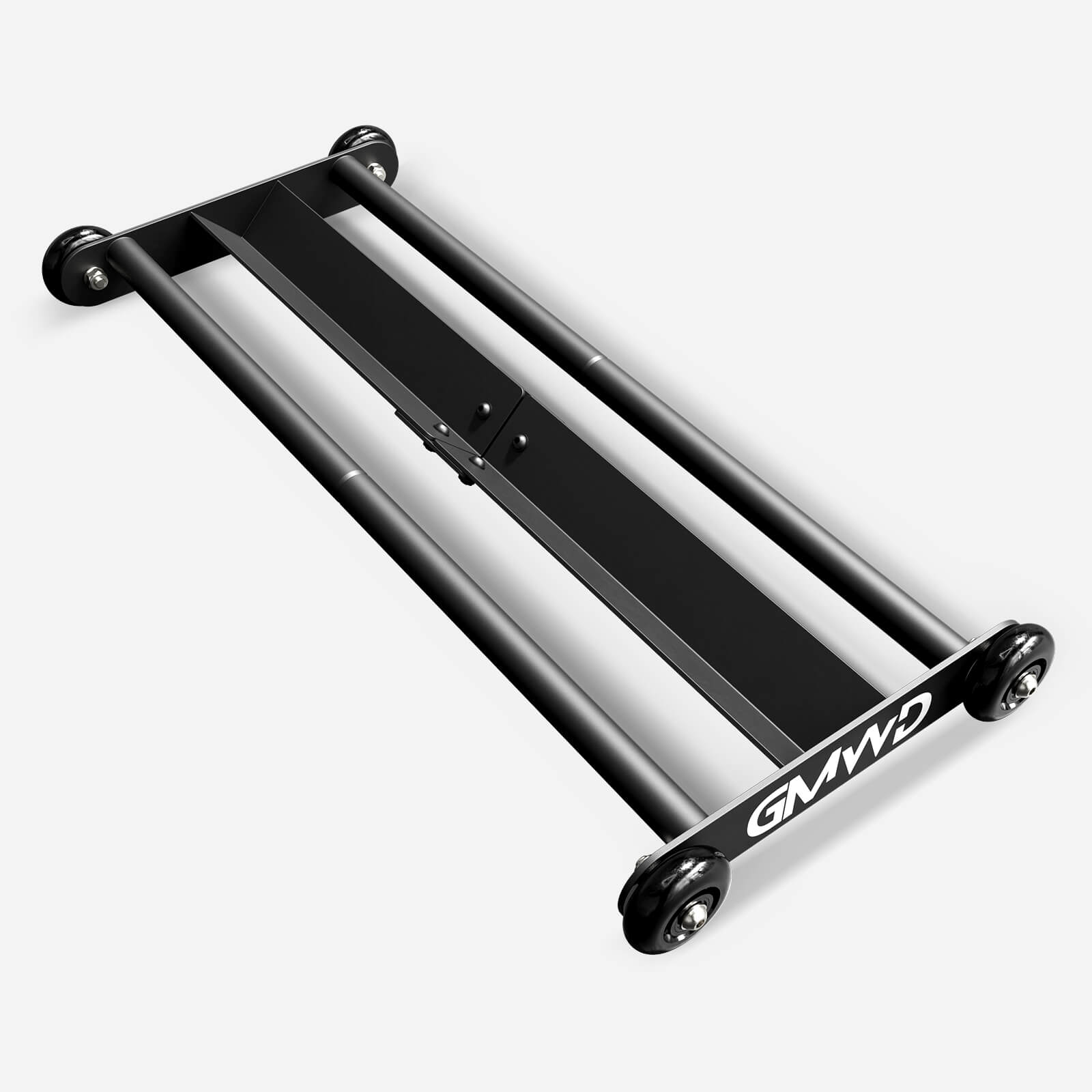
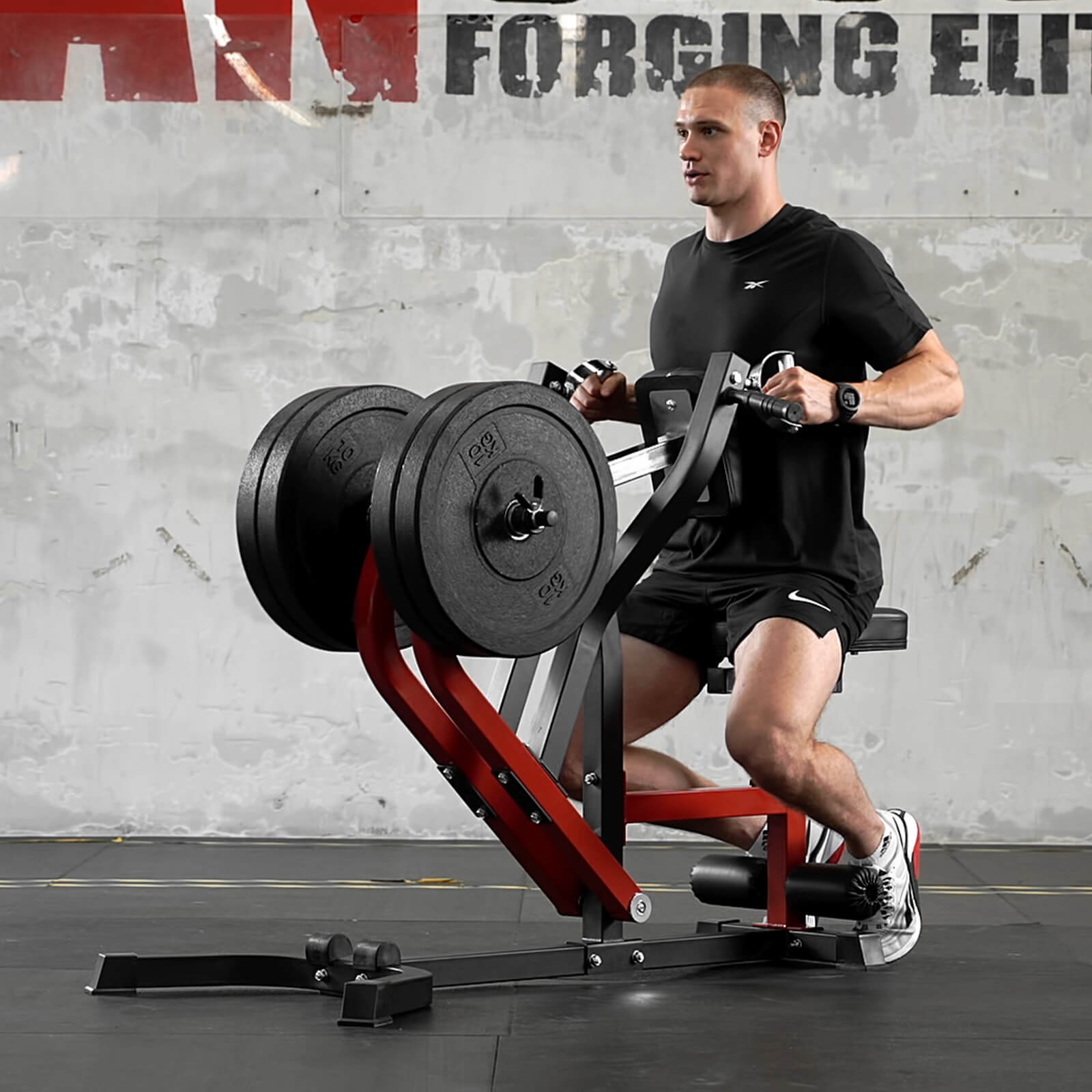
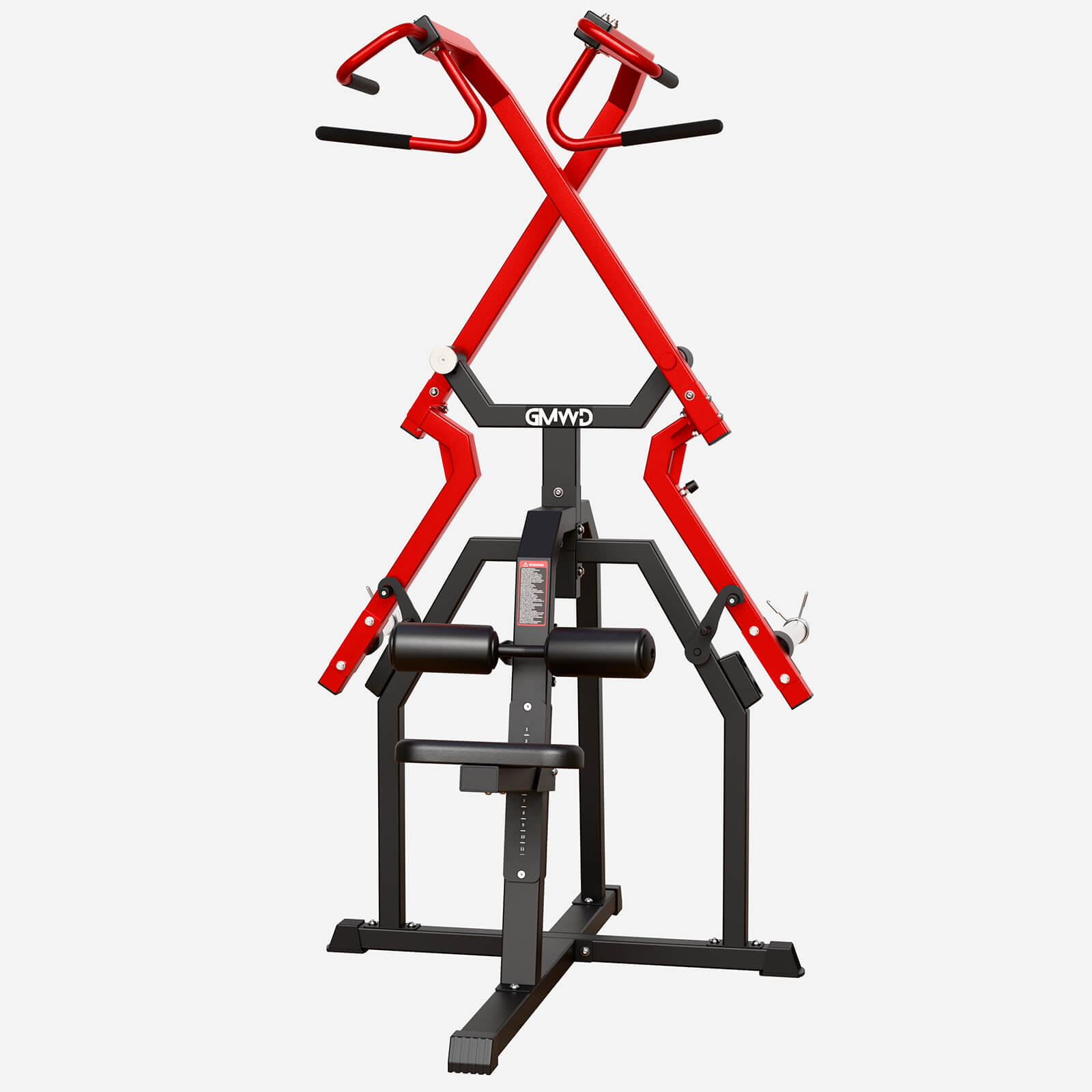
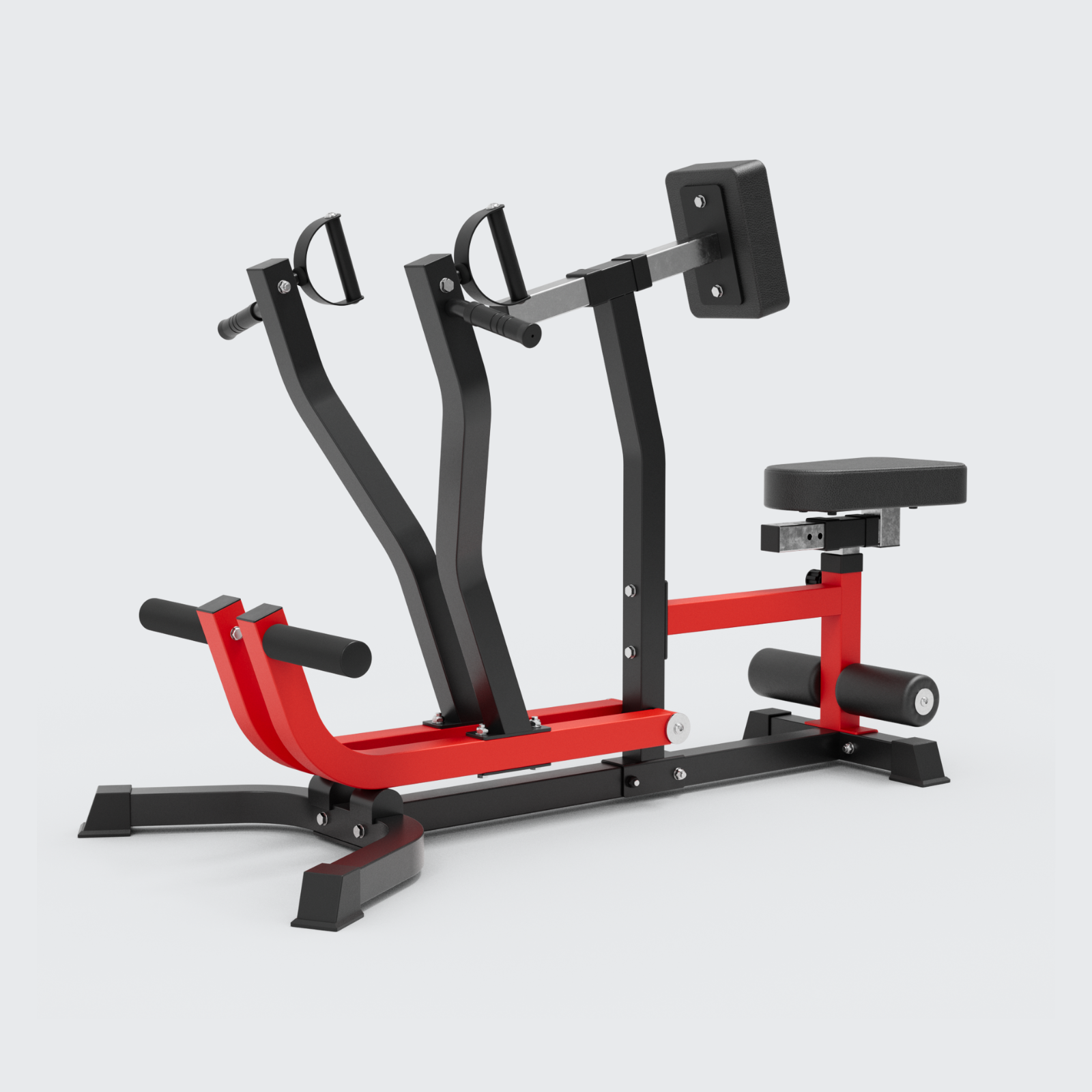
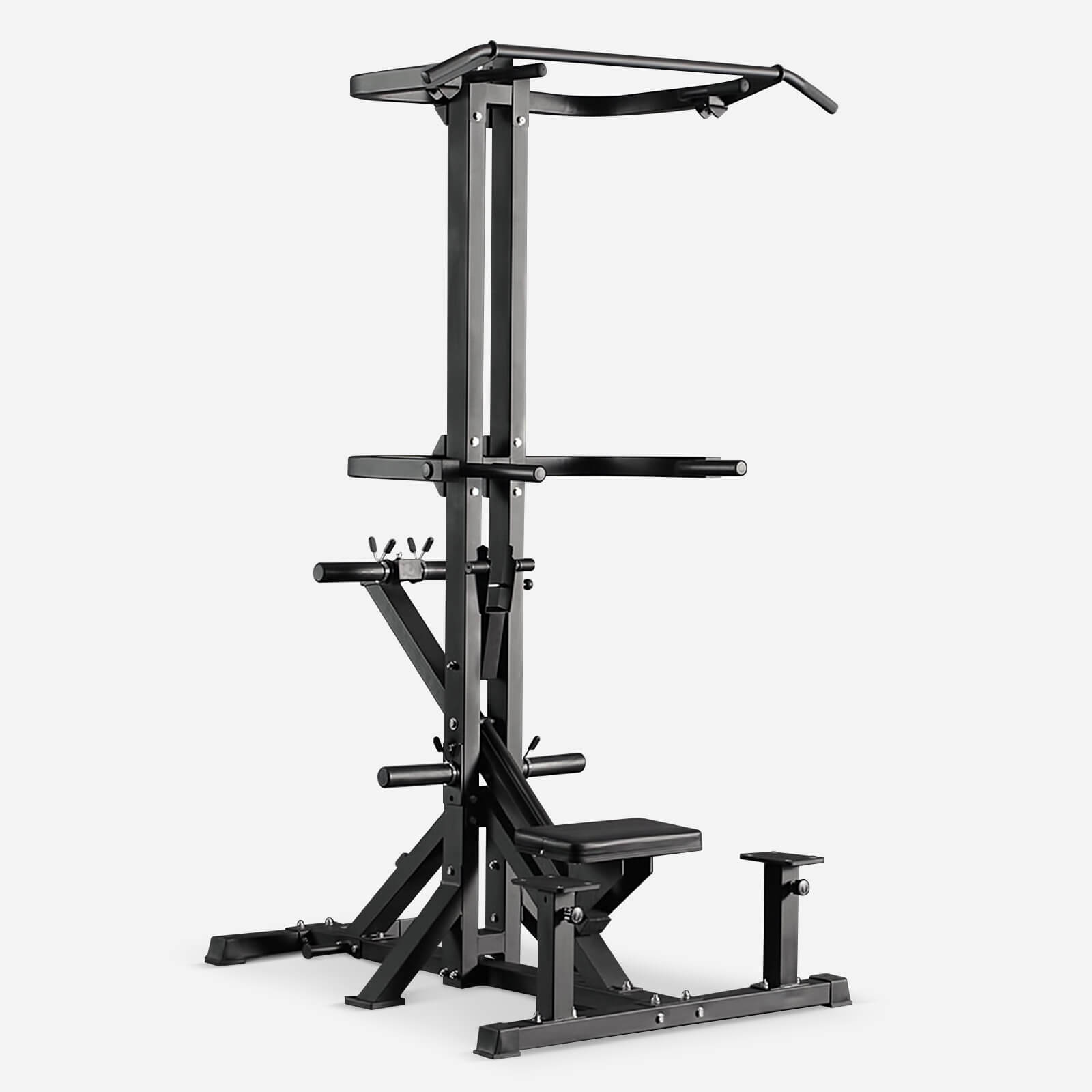

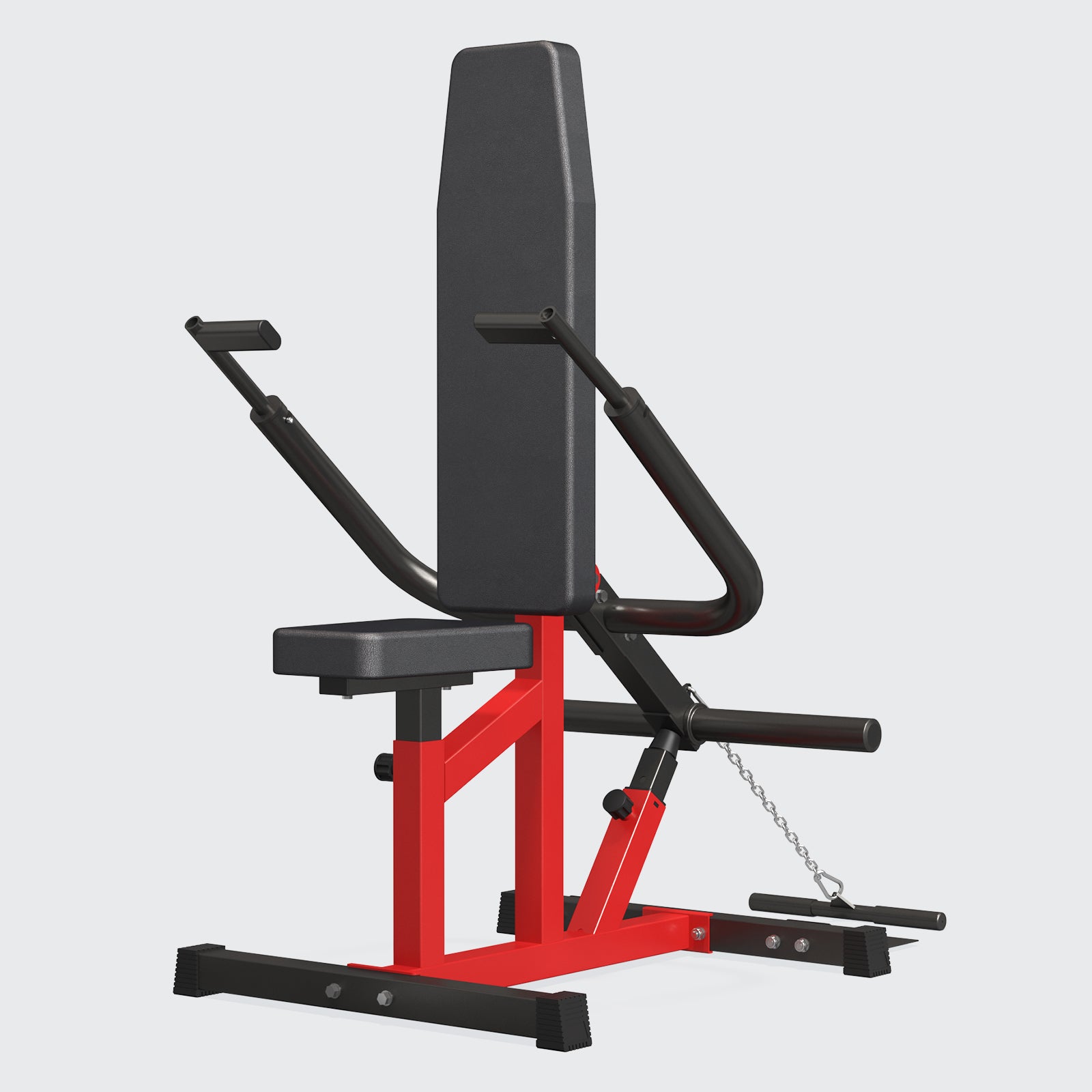
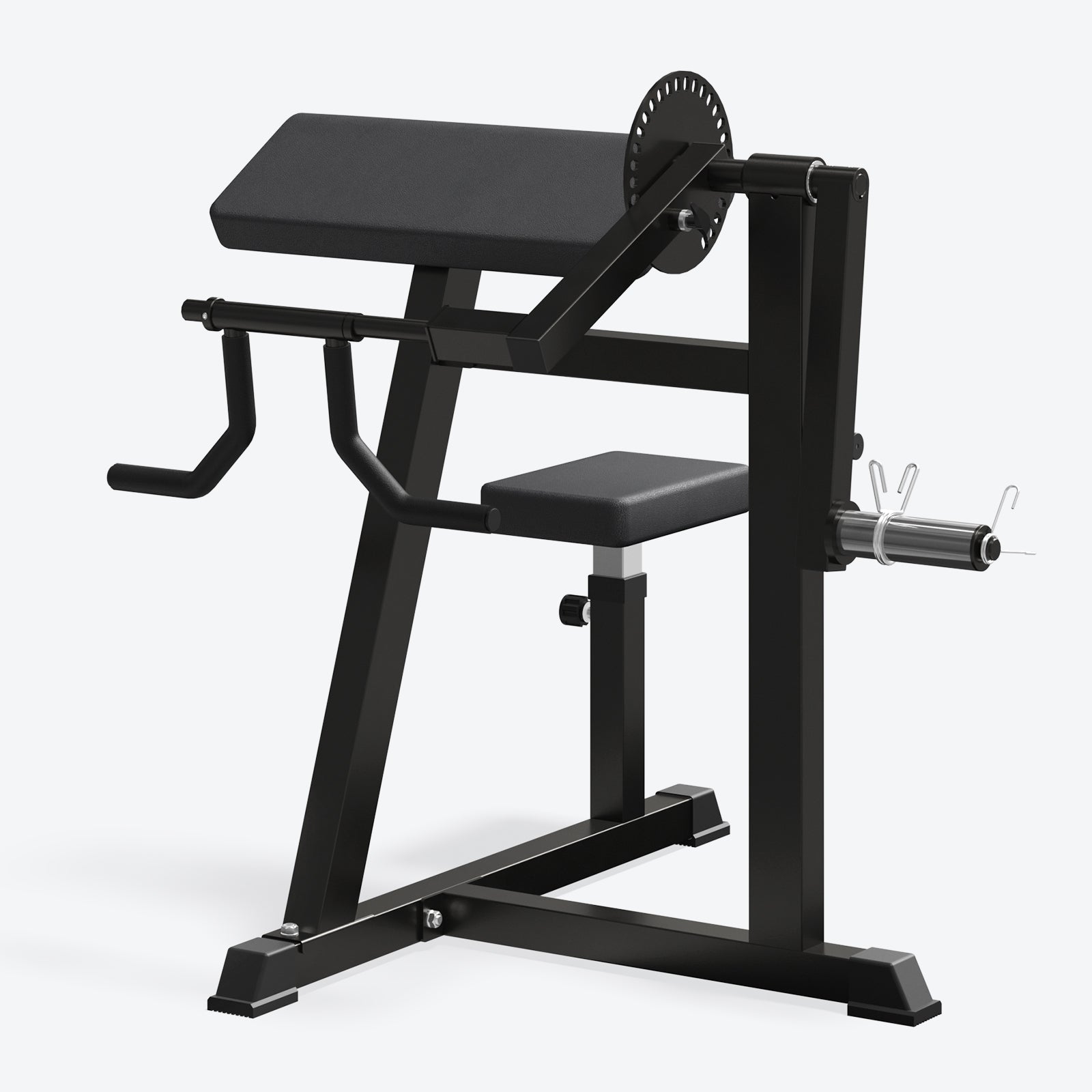
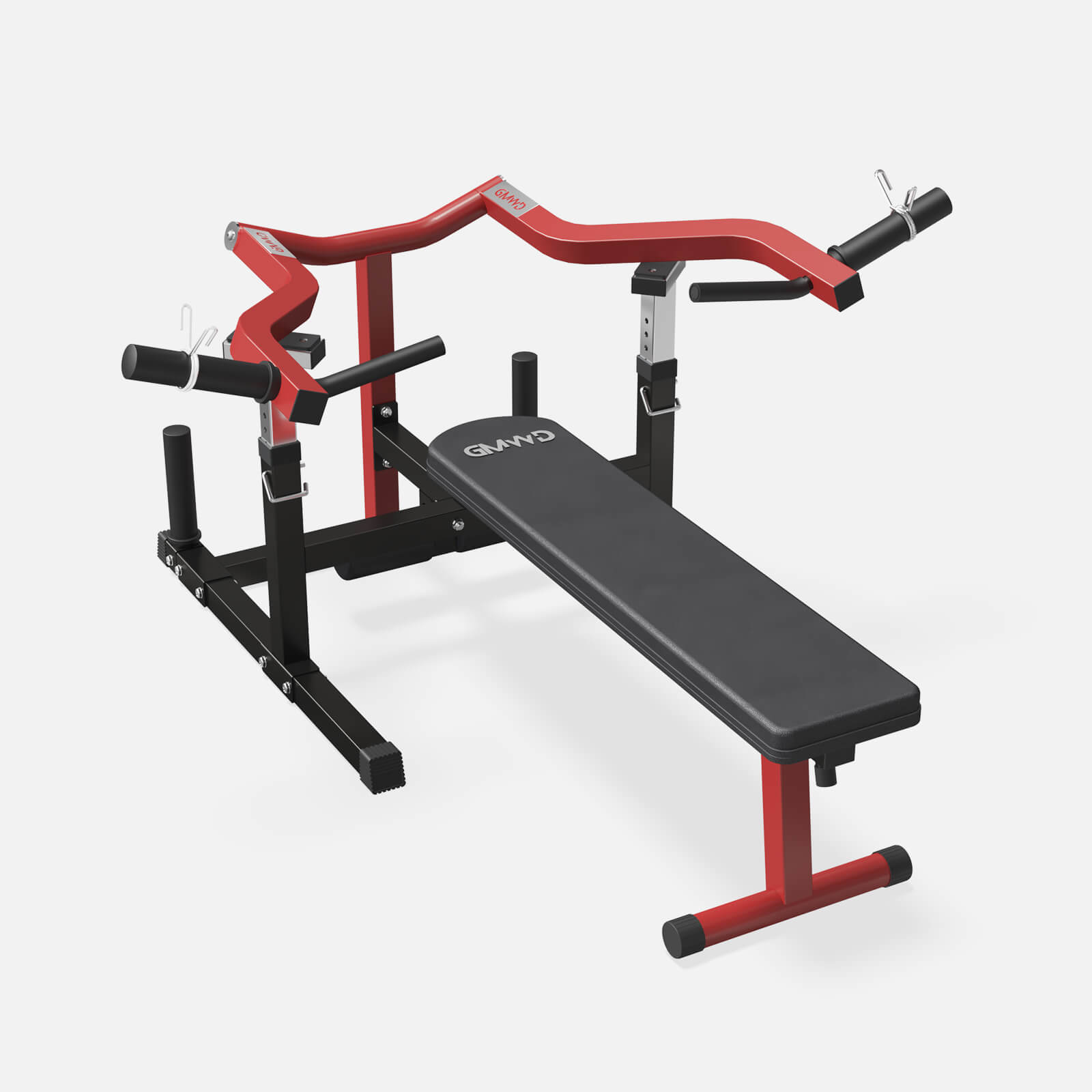
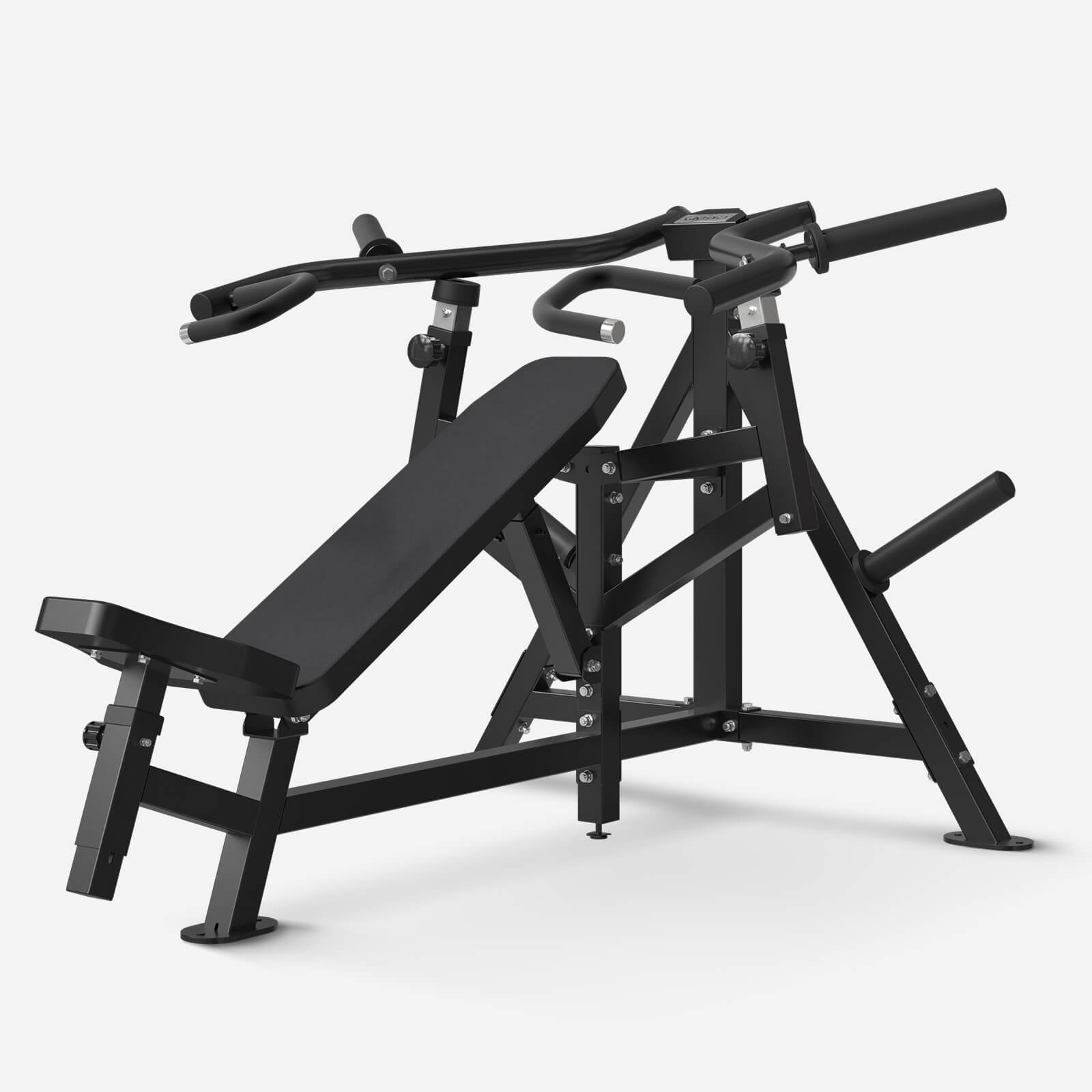
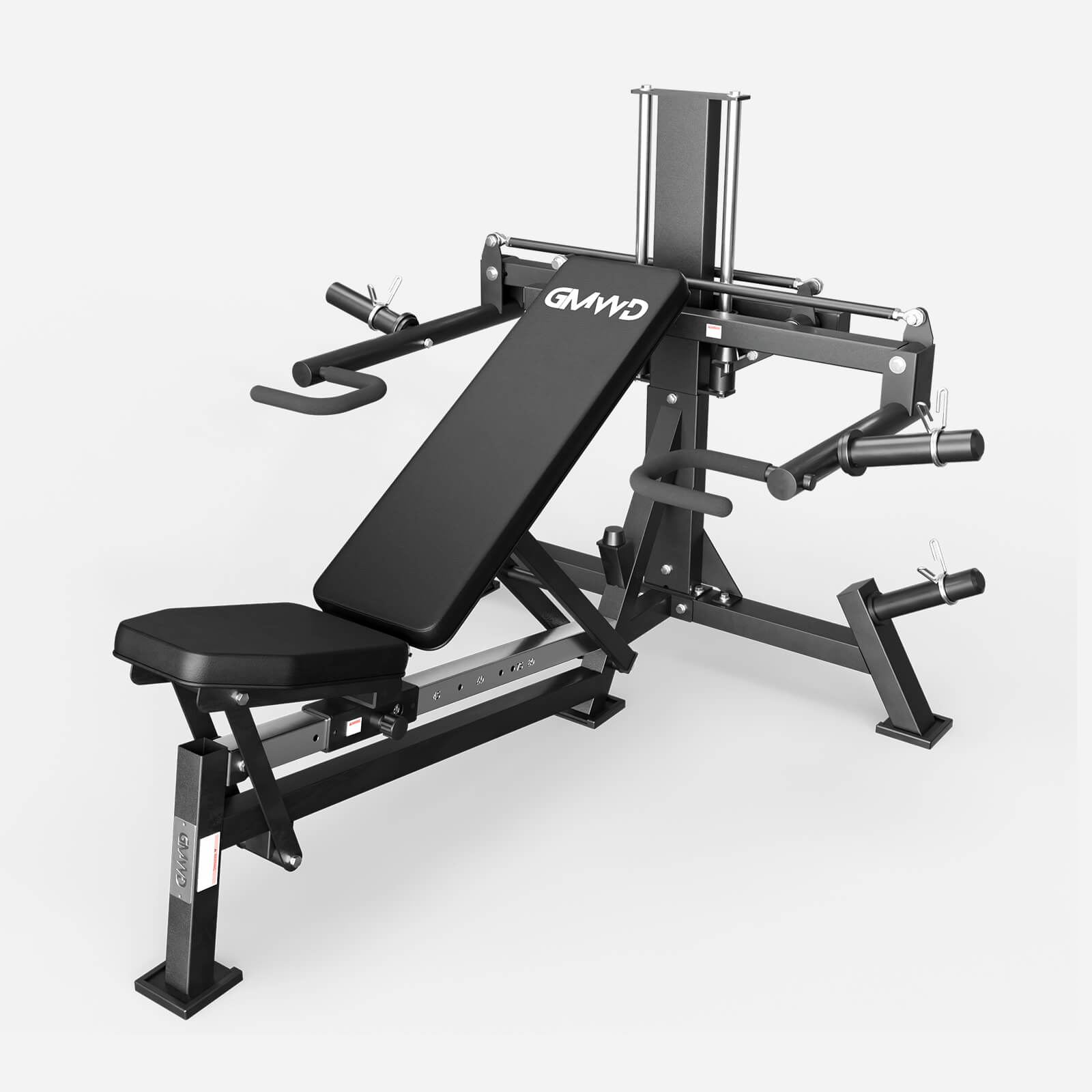
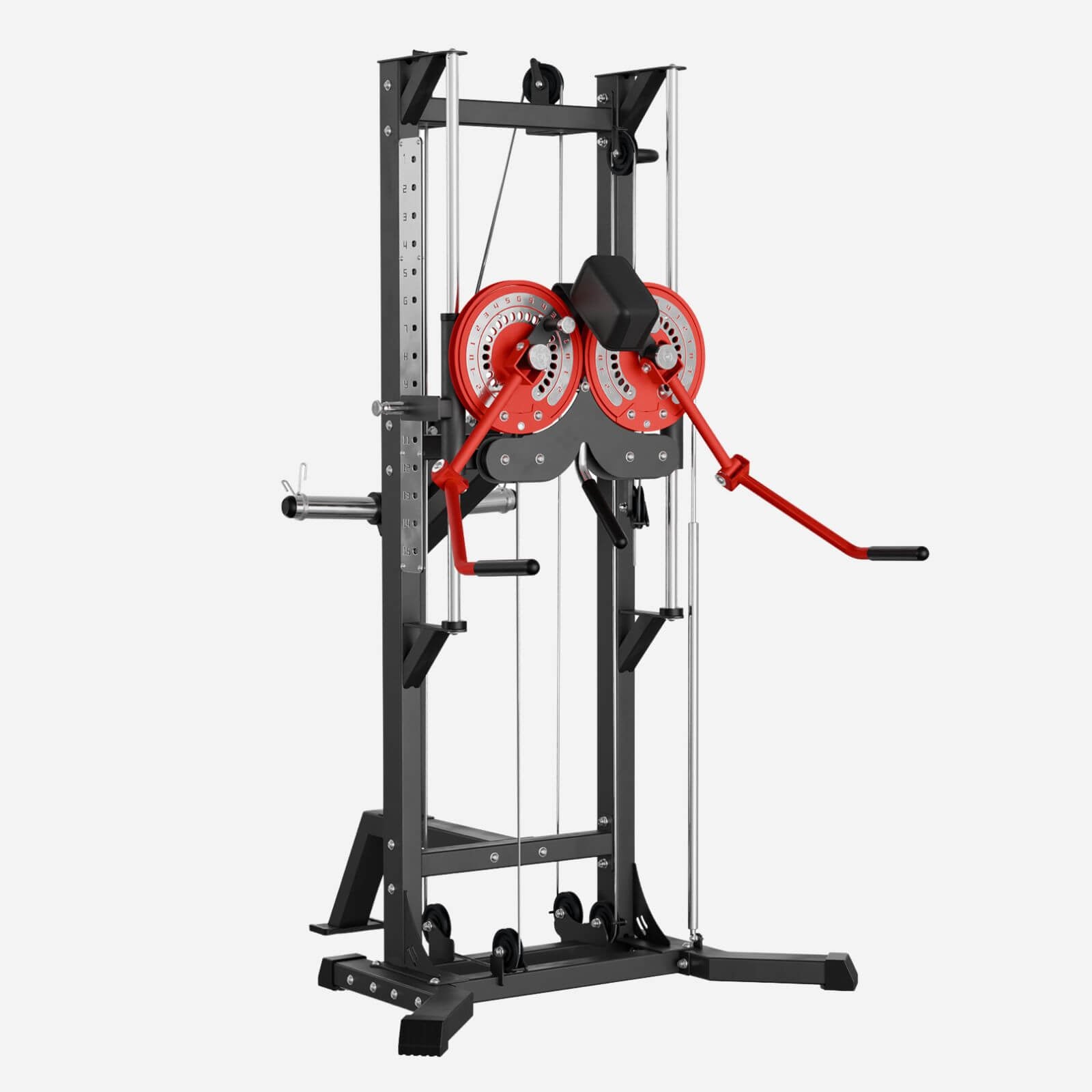
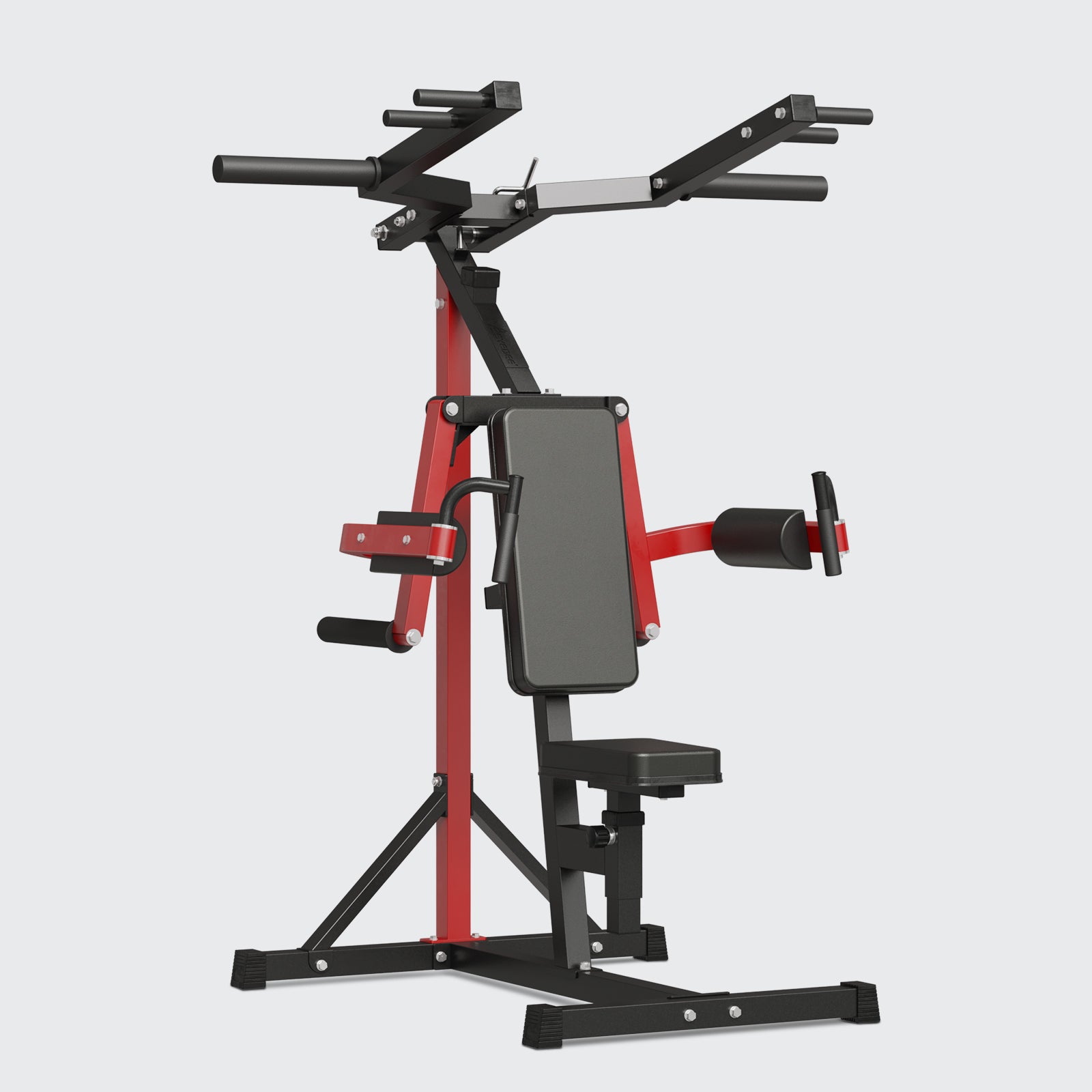
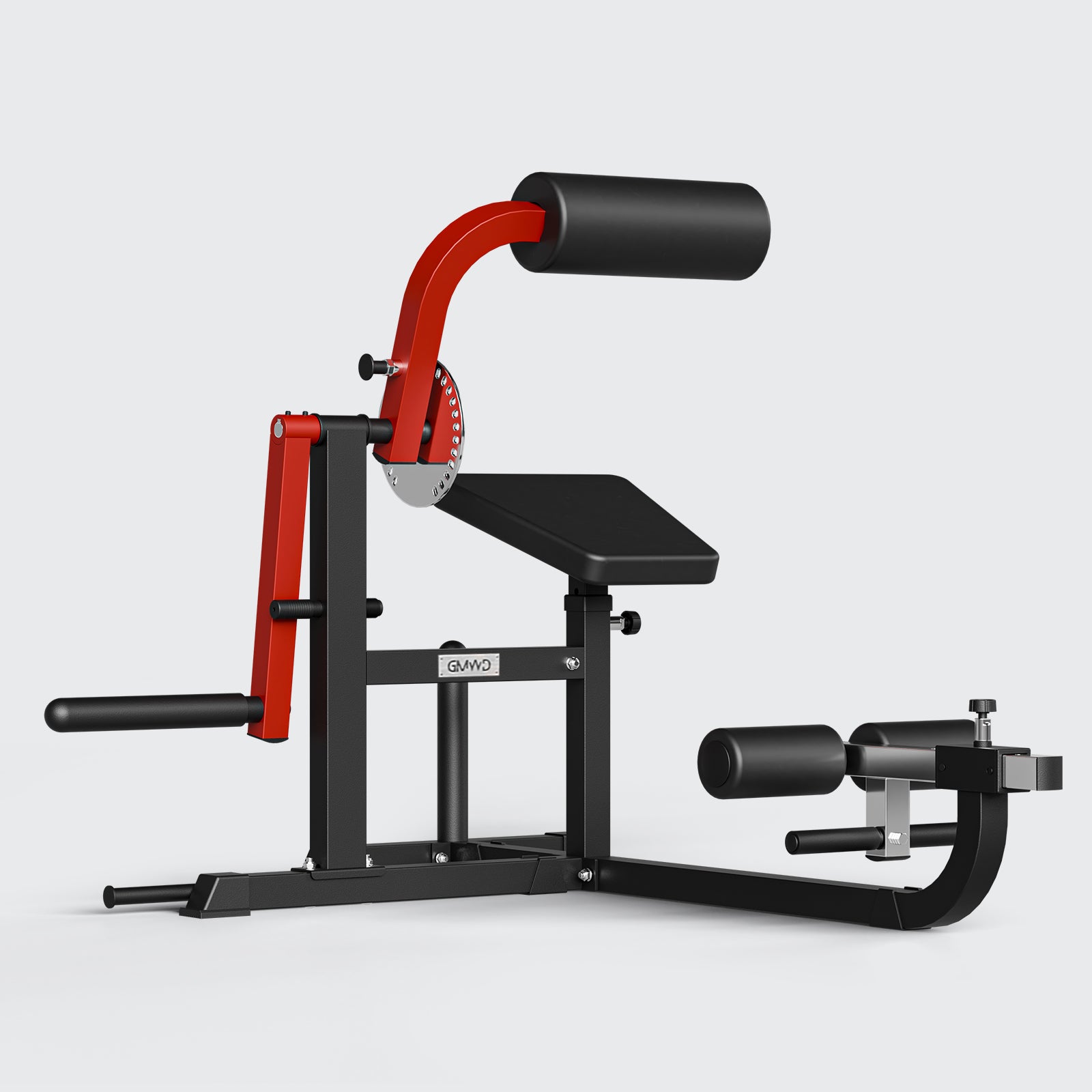
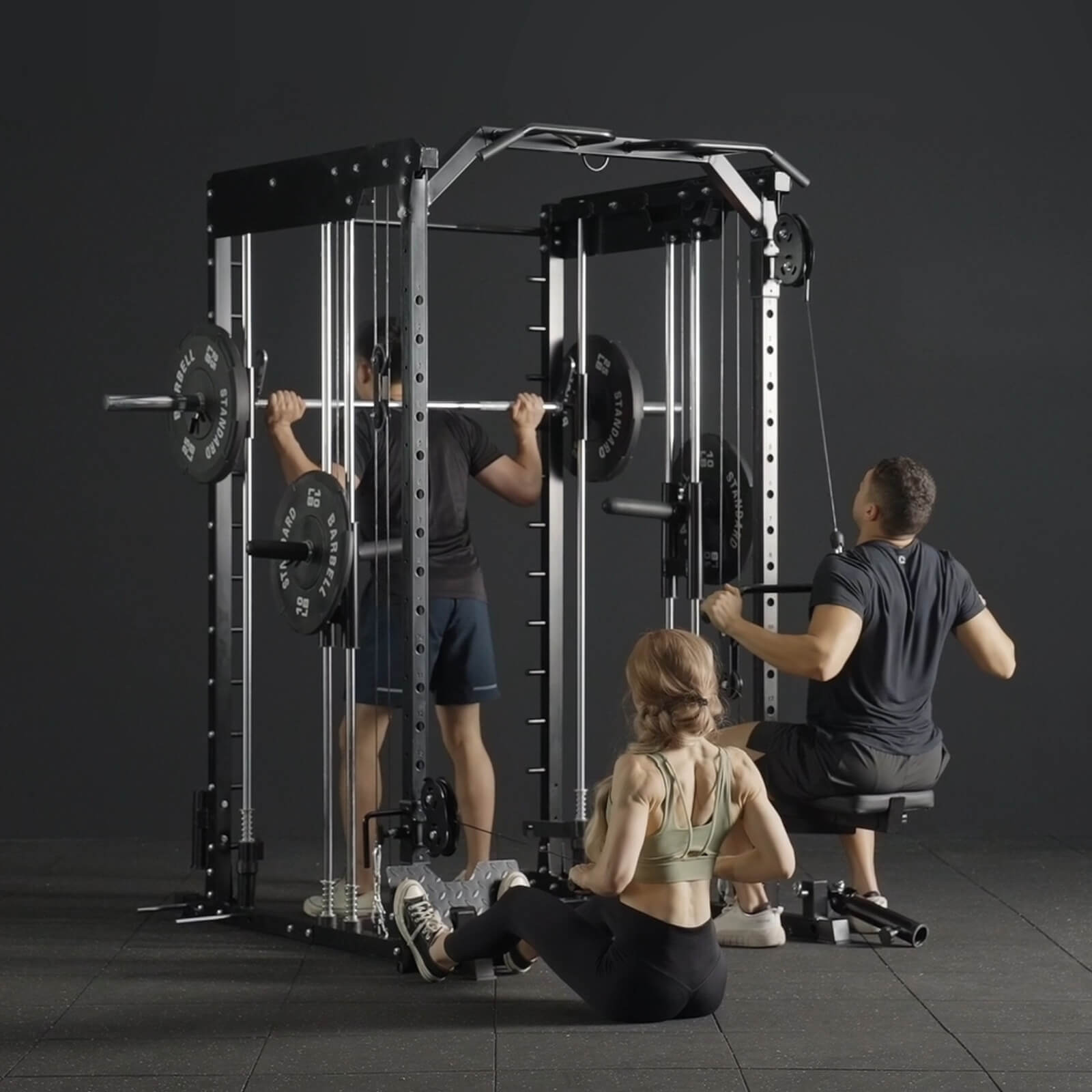
Leave a comment
All comments are moderated before being published.
This site is protected by hCaptcha and the hCaptcha Privacy Policy and Terms of Service apply.